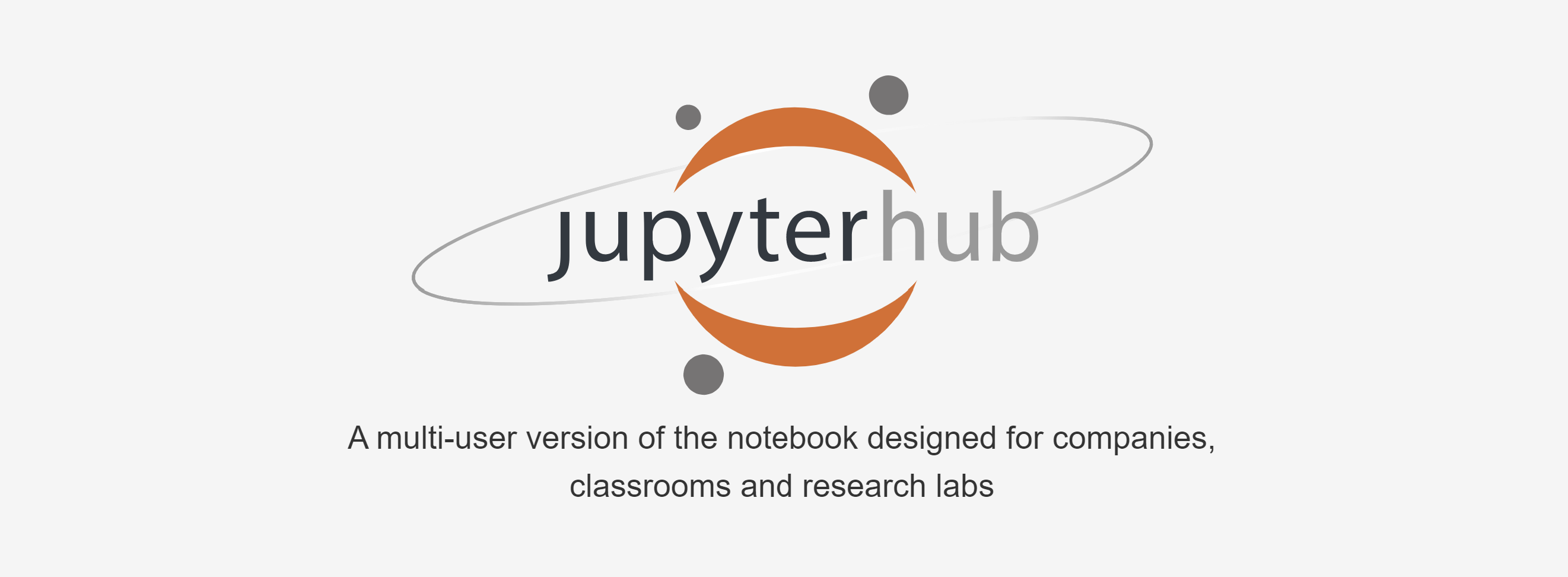New AI/ML Learning Path: JupyterHub on Kubernetes
Hot off the press! Our new AI/ML (Artificial Intelligence/Machine Learning) learning path just published and we’re super excited. The first chapter (with many more to come) introduces Jupyter and the steps to deploy the open source interactive application for creating and running data science project Notebooks in an Integrated Development Environment (IDE). Jupyter Notebook combines text, equations, multimedia, interactive code, and formulas with collaborators or teams with JupyterHub, hosting Notebooks and other resources as a service. JupyterHub runs on Kubernetes to automate scaling and resource management for collaboration.
Use Helm to deploy JupyterHub
In this chapter of the new AI/ML learning path, you’ll walk through installing Helm on your Kubernetes cluster. Helm is an open source package manager used to install, manage, and upgrade Kubernetes clusters. Using Helm charts, you can deploy and configure JupyterHub on a Kubernetes cluster. Helm charts are stored in YAML files and describe a set of resources, usually an application or application stack, to deploy on a Kubernetes cluster. Once you deploy Helm, you can work with JupyterHub Charts published in repositories or create your very own. The beauty of Helm is it automates installing JupyerHub Chart by fetching it from the repositories.
Check-out this chapter of the new AI/ML learning path and stay tuned for additional chapters coming soon as well as bookmark all our KBE Learning Paths for future “learn by doing” or “learn by watching”. Happy Helming!
